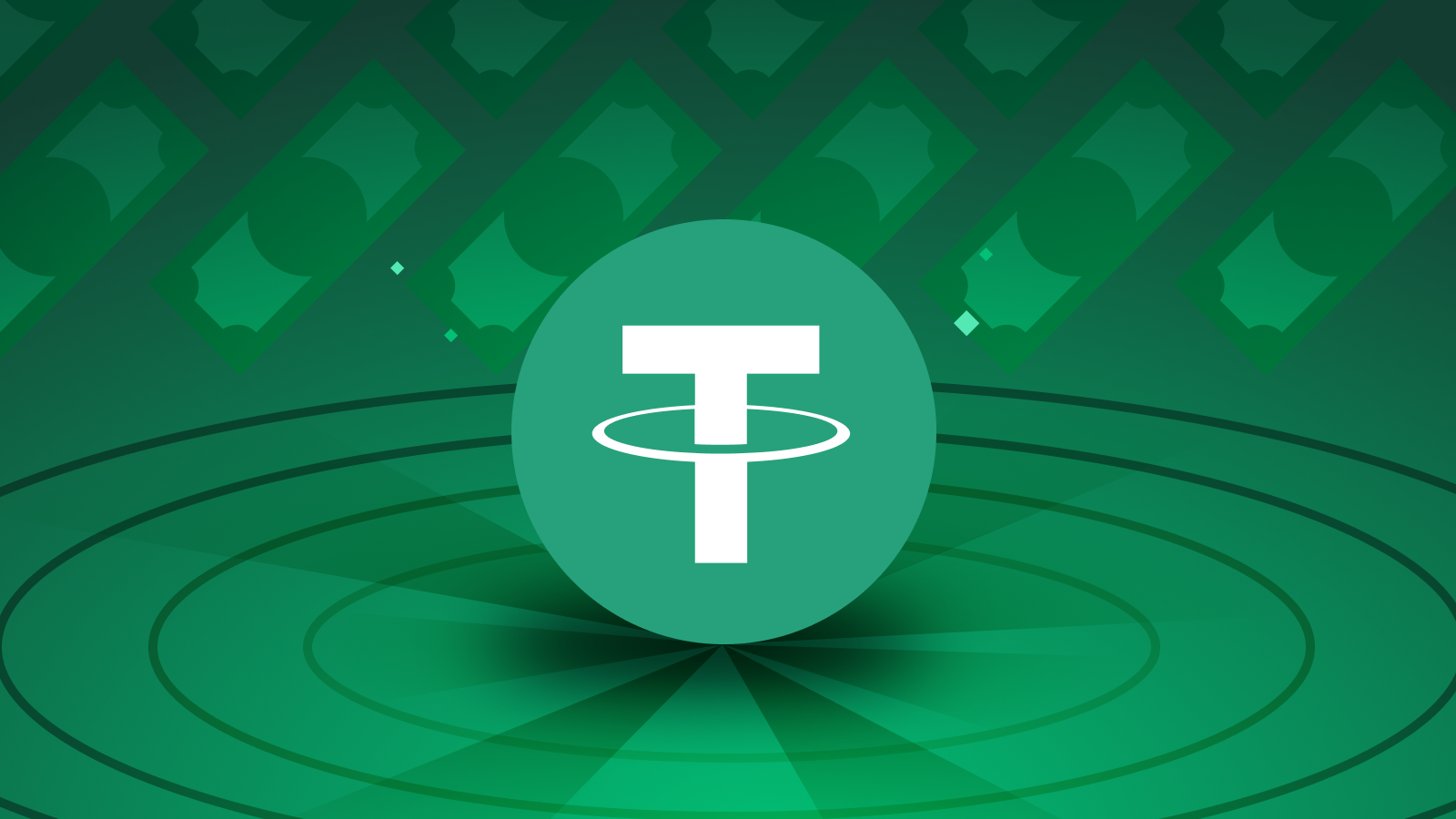In an unexpected development, Tether’s USDT, a leading stablecoin with a whopping $83 billion market capitalization, slightly deviated from its usual dollar peg. This surprising incident occurred on the Curve decentralized exchange, sparking a whirlwind of activity among astute DeFi traders.
An Opportunity Emerges Amid Chaos in Liquidity Pools
The liquidity pools on Curve and Uniswap were bombarded by USDT sellers. Consequently, USDT briefly traded below the standard $1 parity. The situation in Curve’s 3Pool, a top destination for USDT trades, was especially noteworthy. In a striking imbalance, USDT’s share of the pool swelled to over 70%, indicating an influx of traders offloading USDT for DAI and USDC stablecoins.
Market participants promptly responded to this fluctuation. As a result, we saw an impressive spike in USDT borrowing from Aave, the foremost decentralized lending and borrowing protocol. Those who borrowed traded the undervalued USDT for DAI or USDC, which held their standard 1:1 peg with the US dollar, on Curve’s 3Pool.
Traders Cash In On The Arbitrage Window
Taking the lead, a notable Ethereum address, czsamsun.eth, cashed in on this chance. Using a substantial amount of ETH and stETH as collateral, they borrowed millions of USDT from Aave and traded it for nearly an equal amount of USDC on Curve. This was all done at a rate slightly under the typical dollar parity.
Another address, 0xd2, made a significant move. Depositing a large amount of stETH through Aave, they borrowed USDC and acquired large quantities of USDT at a discount. In essence, the trader capitalized on USDT’s temporarily lower price, purchased vast quantities with borrowed USDC (still pegged 1:1 with the US dollar), with hopes to sell at a profit when USDT re-establishes its peg.
In response, Aave adjusted its rates to retain balance in the market. Consequently, the deposit rate skyrocketed to over 15% and the borrowing rate jumped by over 25%. This temporary disconnection of USDT from its usual peg with the US dollar served as a unique chance for traders to profit from arbitrage, exploiting price discrepancies between markets. All eyes remain on Tether’s future stability in the wake of this unpredictable turn of events.
***

